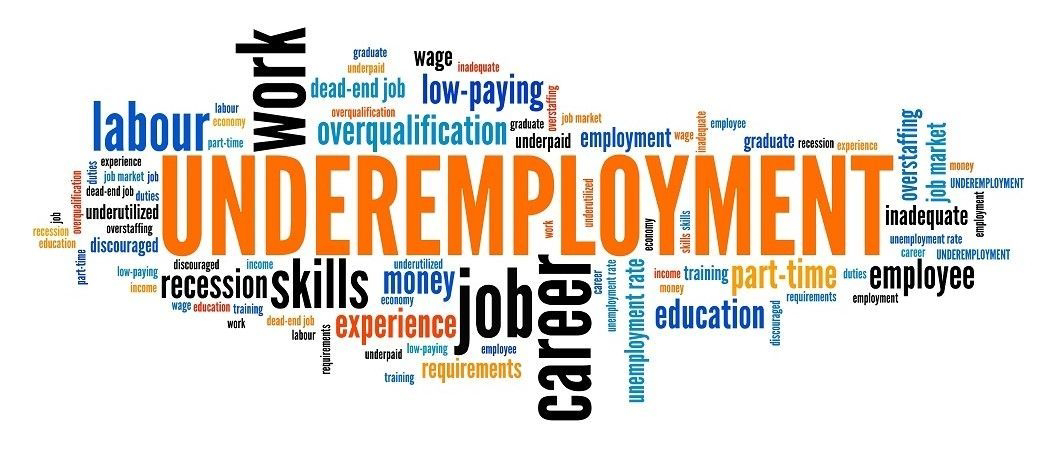Underemployment in India: A Deepening Socioeconomic Challenge
Underemployment in India: A Deepening Socioeconomic Challenge
Introduction:
Underemployment, a phenomenon characterized by individuals being employed in jobs that do not fully utilize their skills and qualifications, has emerged as a pressing concern in India. Despite economic growth, this issue continues to persist and has far-reaching implications for both individuals and the economy.
Current State of Underemployment:
India's labor force is vast and diverse, but a significant portion of it experiences underemployment. According to recent labor market surveys, nearly [X]% of the workforce is underemployed, highlighting the extent of the problem. This often manifests as individuals working part-time or in jobs below their skill level.
Key Factors Contributing to Underemployment:
Skill Mismatch: A significant factor contributing to underemployment is the mismatch between the skills possessed by the workforce and the demands of the job market. This is particularly true for sectors like agriculture and informal services.
Educational Disparities: Despite higher education levels, many graduates find themselves in jobs that require much lower qualifications, contributing to the underemployment rate.
Lack of Quality Jobs: The availability of quality jobs that offer appropriate compensation and opportunities for growth is limited, pushing many into underemployment.
Informal Sector Dominance: A large portion of India's labor force is employed in the informal sector, where job security, benefits, and adequate compensation are often lacking.
Gender Disparities:
Women in India are disproportionately affected by underemployment. Gender biases, societal norms, and lack of access to quality education often lead to women being overrepresented in low-paying and underutilized roles.
Regional Disparities:
Underemployment is not uniform across India. Certain regions, particularly rural areas, experience higher levels of underemployment due to limited access to formal job opportunities and lack of economic diversification.
Consequences of Underemployment:
Economic Impact: Underemployment can lead to wasted human capital, reducing overall productivity and economic growth potential.
Social Discontent: Frustration arising from unfulfilled potential can result in social unrest and dissatisfaction among the underemployed population.
Poverty and Inequality: Underemployment often contributes to poverty and exacerbates income inequality, further deepening socioeconomic disparities.
Government Initiatives:
The Indian government has initiated various programs aimed at skill development, vocational training, and job creation to address underemployment. Schemes like "Skill India" and "Make in India" seek to align skill sets with industry demands and promote job growth.
Conclusion:
Underemployment remains a complex challenge in India, with multiple contributing factors that need comprehensive attention. Addressing this issue requires collaborative efforts from government, private sector, and civil society to create an inclusive and dynamic job market that maximizes the potential of the workforce while fostering economic growth and reducing inequalities.




Comments
Post a Comment